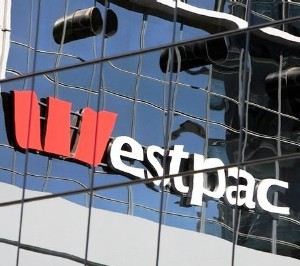
When the Reserve Bank introduced its restrictions on loans to borrowers with less than 20% equity, it wanted to reduce that lending to 15% of total new mortgage lending, or 10% without exempt loans, such as Welcome Home Loans and mortgages for new builds.
But banks have pulled back a lot more heavily and new low-equity lending has been hovering at around just 5% of new loans.
Westpac’s economists said the impact of the rules had been more modest than was intended in terms of slowing credit growth and the housing market. But they said there were signs of the LVR rules' success in the fact that there had not yet been a spillover of the stronger economy into an upsurge in debt-fuelled spending, as happened in the mid 2000s.
"Importantly, households have stopped leveraging up, despite stronger economic growth and much stronger confidence. Back in early 2013 there was a rising concern that household debt was once again growing faster than incomes. But on the RBNZ’s latest estimates, the ratio of household debt to disposable income stabilised in the second half of 2013."
Total system credit – including commercial and farm loans – grew at an annualised rate of just 3.5% over the first three months of this year, well below the growth rate of the nominal economy.
"The upshot is that we wouldn't be surprised to see the RBNZ recalibrate the speed limit soon, simply to achieve its original 15% target. That could happen as soon as this month.”
But the economists said the loosening of LVR restrictions would likely give the housing market a “second wind”, which could concern the Reserve Bank.
“With mortgage rates rising and house prices already looking stretched, it’s been our view for some time that this second wind will turn out to be temporary. But the Reserve Bank will probably take more convincing.”




Comments
No comments yet.
Sign In to add your comment